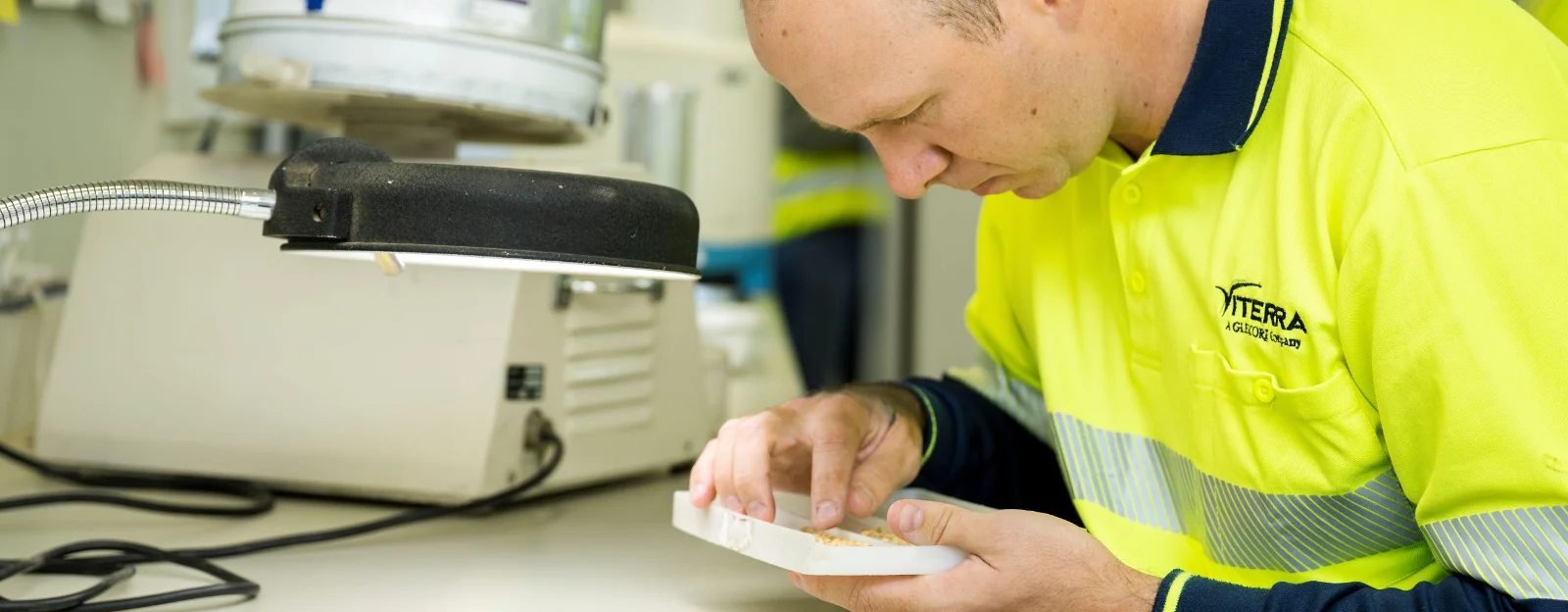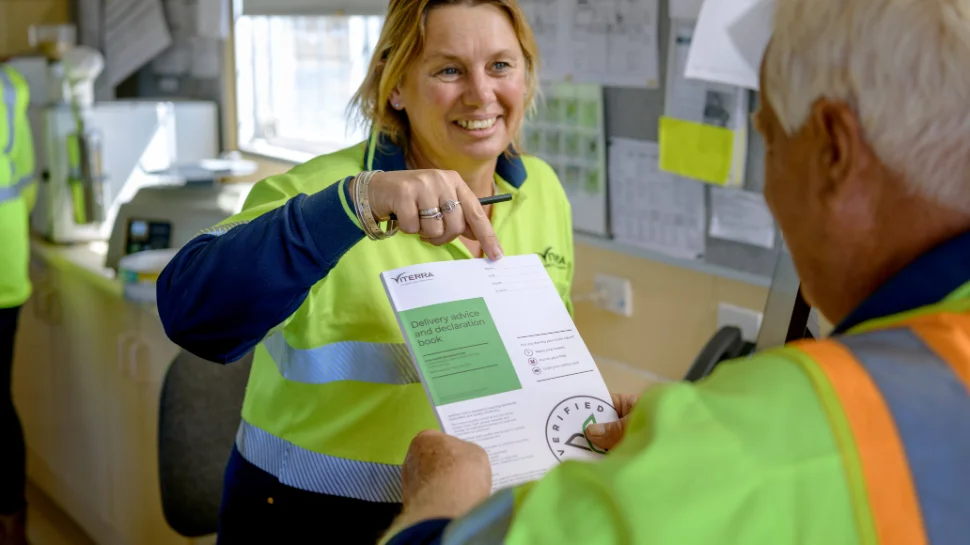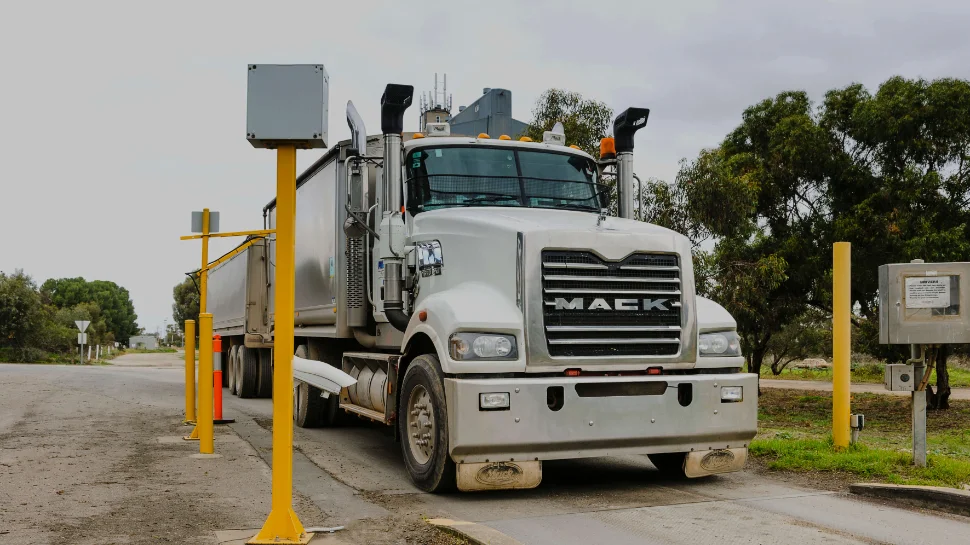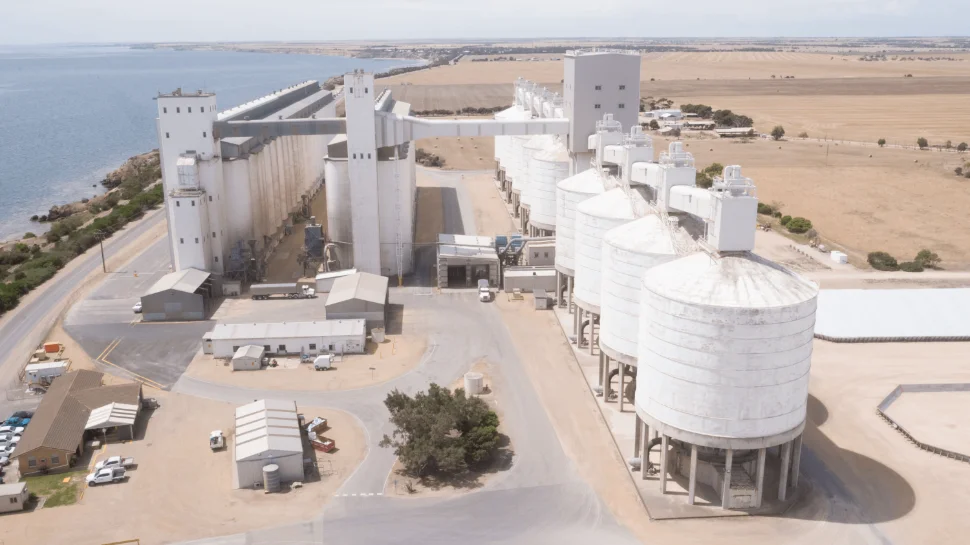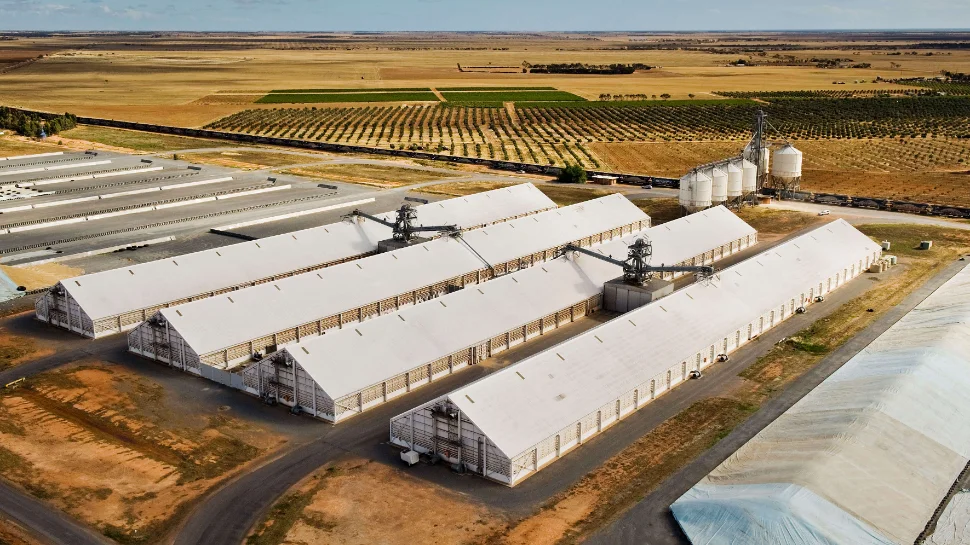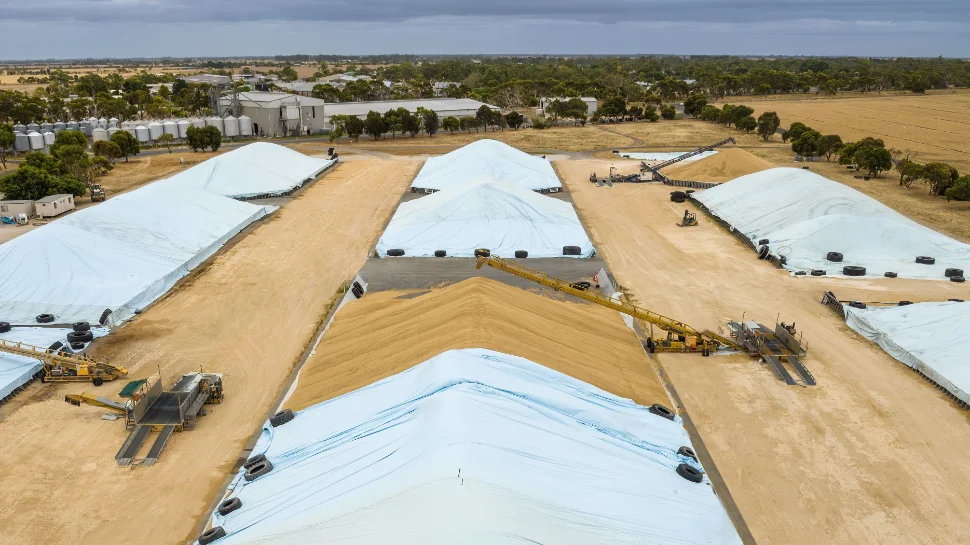Our classification process and receival standards are based on industry guidelines and maintaining market access.
We are constantly reviewing and adapting our classification process to allow growers to deliver while ensuring South Australian grain in our network meets end use customer needs.
Our permanent and harvest employees go through extensive classification training each year, and our laboratory tests site samples daily throughout harvest to ensure consistency across our network.
The commodity classification transfer procedure allows for a load classified at one site to be received at a second site while retaining its original classification (subject to nil tolerance contaminants or defects).
This transfer procedure applies when a commodity is presented to a site but the load is classified as a grade not being received at the site. A transfer can then be requested to deliver the load to an alternate site accepting that grade.
The grade on the commodity classification transfer will be in line with receival standards not accounting for the wheat and barley dynamic binning tolerances. However, the load will be eligible for wheat and barley dynamic binning at the transfer receival site provided the higher grade segregation is available, and the rolling stack average of the higher grade meets the receival standards.
Growers can utilise the commodity classification transfer procedure for port terminal deliveries where shipping grades are being accepted from upcountry sites. This will ensure that the load is within specification and will not be declined at port due to the lower grade not being accepted.
Loads being transferred do not have priority over other loads in the sampling queue.
If a nil tolerance contaminant or defect is found in the load at any stage of the receival process, the load will be declined.
Commodity classification transfers will not be available for genetically modified (GM) canola varieties.
Viterra subscribes to the National Residue Survey (NRS) – a crucial part of the Australian system for managing risks of chemical residues in Australian food products.
To support this programme, during harvest Viterra conducts chemical residue testing on composite partition samples. Viterra may also collect individual grower load samples for chemical residue traceability.
Growers play a critical role in upholding South Australia’s grain quality. When applying chemicals, at all times growers should adhere to:
- withholding periods
- label instructions
- application rates
- safe operating procedures
If a breach to the Australian maximum residue limit (MRL) is detected, Viterra is obliged to provide its traceability results to Biosecurity South Australia which may trigger an investigation. Any breaches to Australian MRLs may also be followed up through Viterra’s contaminated grain process.
Information on MRLs including current Australian and international MRLs can be found on Grain Trade Australia's website with information from the National Working Party on Grain Protection.
The classification retest procedure is used when a grower (or their representative) requests a retest for a quality parameter where the result is outside the anticipated grade for their load at the point of receival.
The classification retest procedure is in line with the Grain Trade Australia (GTA) disputing classification technical guideline. This includes the quality parameters that can be disputed, the sample to be assessed and the allowable variation of the initial result from the standards limit.
Each variety has different physical qualities, processing performance and end product quality for customers and end users.
Viterra participates in varietal identification programmes where grower load samples will be randomly selected at sites across the Viterra network and tested to ensure varietal declarations have been correctly recorded.
This information is forwarded to relevant industry research groups and is used to establish appropriate codes of practice for the delivery of grain.
updated
Increased gumnut tolerance for all commodities from the 2023/24 harvest
Grain Trade Australia has increased the gumnut tolerance from nil to a low level 1 gumnut per 2.5 litre for all cereal commodities.
Following discussions with our customers, we are applying this new tolerance to all commodities.
The definition of a gumnut is whole gumnut or pieces of any size and maturity.
Eucalyptus plant material remains a nil tolerance for all commodities.
2023/24 wheat receival standards and key changes
We follow Grains Australia’s wheat variety master list to determine our variety list, if you deliver a variety that is not on our list, the highest grade you can achieve is SFW1 feed grade.
View the 2023/24 variety list including varieties planed for removal next season.
2023/24 barley receival standards and key changes
2023/24 canola receival standards and key changes
View our segregation plan to learn which sites are taking GM canola this harvest.
You must declare if you are delivering GM canola for all deliveries. Viterra can only receive varieties of canola from the Australian Oilseeds Federation approved list for varieties.
GM canola will be received into the grade name, CAGM, and non-GM canola will continue to be received as CANO.
As GM and non-GM supply chains are being managed separately, commodity classification transfers are not available for GM canola.
We collect samples from all grower loads of canola for traceability purposes and chemical residue testing. Non-GM harvest partitions will be tested for GM to ensure canola meets the requirements of customers. If a misdeclaration of GM variety contaminates a non-GM partition, the contamination procedure will be implemented.
The receival fee for GM canola is slightly higher than non-GM canola due to the additional testing, cleaning processes and separate handling that is required to manage it.
The European Union (EU) has announced its intention to reduce the maximum residue limit (MRL) for haloxyfop on canola.
Since the initial industry announcement in April, we have received clarification that the EU’s intended limit will be 0.05mg/kg which they will adopt from 11 January 2024.
This season, Viterra will require a haloxyfop declaration on all canola deliveries and receive canola treated with haloxyfop into our canola segregations.
We are confident we can manage this and maintain market access to the premium EU market due to:
- the small amount of canola we believe has been treated with haloxyfop this season
- the tolerance increase since the initial announcement
- our investment in chemical residue testing which allows us to efficiently test samples.
Accurate declarations are crucial to ensure we can monitor any haloxyfop in our system and maintain market access for South Australian growers’ grain into the premium EU market.
We will keep samples of all canola deliveries and monitor for haloxyfop within our network.
We have put this in place this season to support growers as they continue to phase out haloxyfop use. We support industry advice to not use haloxyfop on canola to meet the EU market’s requirements.
From the 2024/25 season onwards, we plan to not receive canola treated with haloxyfop.
2023/24 pulses receival standards and key changes
Lentil grade name change
We have changed the name of our non-standard lentil grades:
-
A grade, previously Viterra (V) grade
-
B grade, previously cleaning (C) grade
Change to lentils’ wild radish tolerance
We have made a change to wild radish tolerance in Lentil A and B grades (previously V and C grades)
Wild radish pods tolerance has changed to a maximum count of 3 per 100 grams for all grades.
This update reflects the requirements of key markets which prohibit this weed seed.
Wild radish pods email in weed seeds type 6 (S6) and all other S6 tolerances remain the same.
